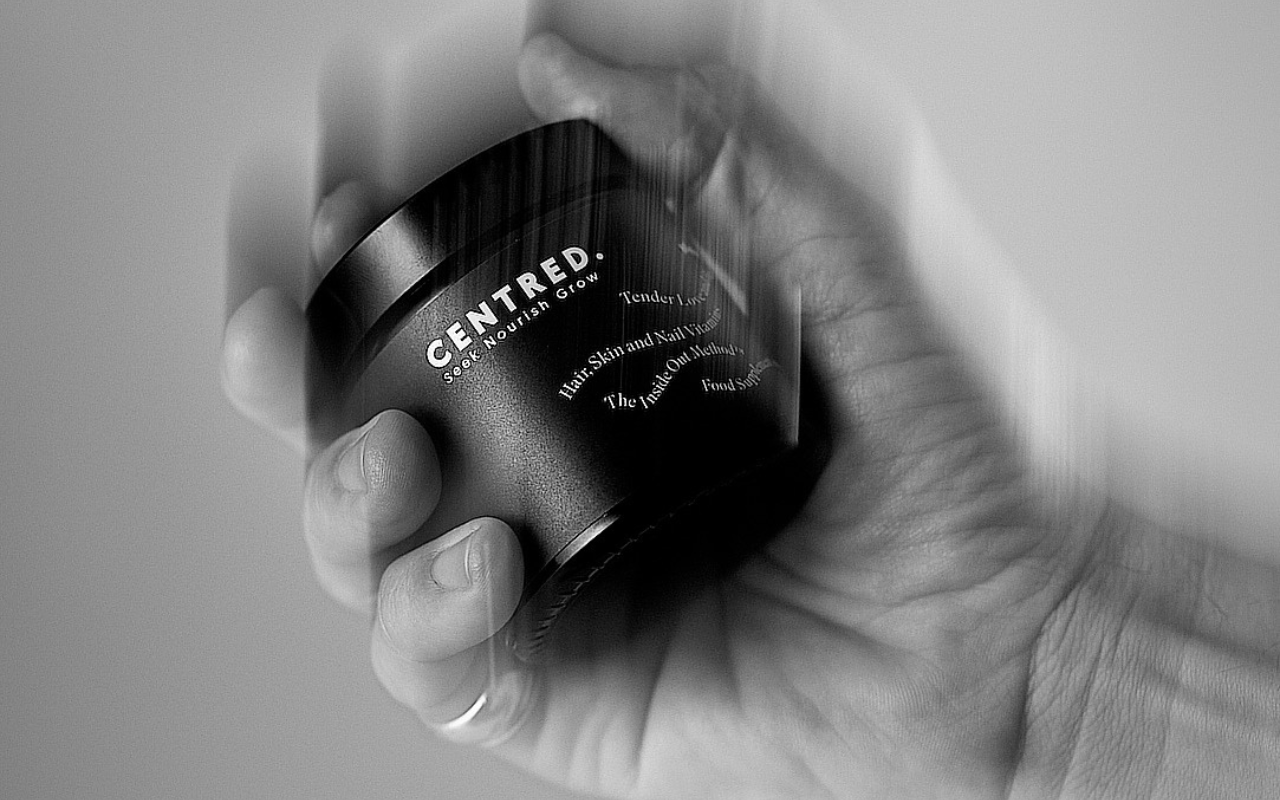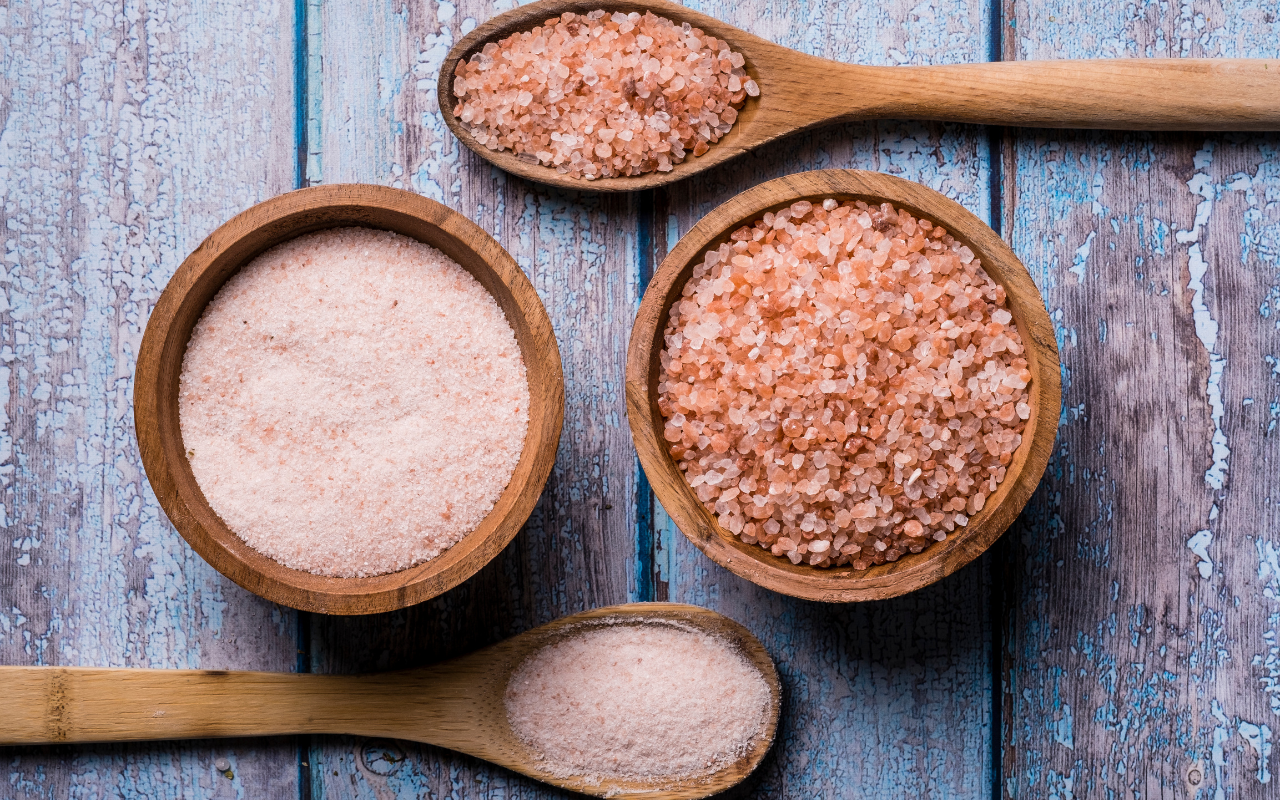What is breakage and how can I avoid it?
Hair breakage is very common but there may be some top tips to help you recover your hair and avoid it from becoming damaged in the first place, as we always say, "prevention is better than cure'!
Our general health and wellbeing is closely linked with the appearance of our hair skin and nails. In that essence, our hair can be a sign that something is out of balance internally such as illness, lack of nutrition or prolonged stress. It is always advised to try and get to the rot cause of the issue if you suddenly notice changes in your hair such as a dry or flaky scalp, hair becoming brittle or hair loss. The key to avoiding breakage is to keep hair healthy. Doing so includes caring for it correctly, and the way you do that will depend on your individual hair type. The hair strand is comprised of an inner cortex and outer layers called the cuticle which has many overlapping scales that protect the inner core. If hair is healthy the cuticle layer has scales which are sitting flush, this also makes hair look shiny as the scales are more light reflective. Damage to the cuticle causes the scales to lift and separate and too much damage can cause the inner hair to break. Read on to find out what can cause breakage and how to avoid it.
Breakage caused from internal factors
Mainly a sign of lack of nutrition such as Iron deficiency, low protein levels or even as a result of taking certain medications. Radical weight loss, pregnancy and child birth can also have a huge impact on hair. Other factors include prolonged stress or trauma, illness and fatigue.
How to avoid breakage caused by internal factors -

Breakage caused by external factors -
External factors responsible for hair breakage can generally be linked to 3 main contributors -
Mechanical damage
Heat damage
Chemical damage
Mechanical damage refers to any damage caused to the hair from things like brushing to harshly, getting hair tangled, pulling on the hair, friction and so on. Most commonly this is when hair is not treated correctly when brushing and over time the hair structure becomes weaker to the point it breaks. It can also be from tying hair back too tightly and with a harsh elastic, getting hair caught in the mechanisms of hot tools like curling tongs and straighteners, and shampooing hair incorrectly especially if washes too often and with shampoo containing SLS's.
How to avoid this -
Be kind to you hair. Try to avoid any unnecessary pulling and snagging. Use the correct brush and in the right way. Brushing hair when it is dry can be very god for the hair and scalp but there is a right way and a wrong way to do it. First of all, use a soft bristle cushion brush such as a Mason Pearson natural bristle brush or Kent Brushes bristle brush. Doing so in the morning can help to refresh a style, remove any strands that have shed, Help to distribute the natural oil produced by the scalp through the mid lengths and ends and stimulate the scalp to promote new hair growth. Try not to wash hair with shampoo to often and use a high quality shampoo like our Daily Calma, which is completely sulphate free and kind to the hair and scalp adding nourishing moisture and strength.
Some extra tips to help prevent mechanical damage -

Heat damage can occur when excessive temperatures are used to style hair, damaging the outer cuticle exposes the hair causing the inner core of the hair fibre to over heat and breakdown. Different hair types can tolerate higher temperatures such as dark, thick, course and textured hair due to a larger amount of protective pigment whereas lighter and finer hair types don't need and should not be exposed to higher temperatures. Another form of heat damage is long term UV exposure by the sun. Just like our skin can be damaged by the suns rays, so too can our hair. Long term exposure to the sun has a similar affect on hair to bleach and again, lighter hair types are more prone to damage as a result of less pigment in the hair to protect the Keratin (the protein hair is made from). Here is a guide for what temperature to use for your hair type but always try to minimise the length of time that heat is on the hair. For instance, don't keep going over and over the same section of hair with the flat irons. Instead take smaller sections so you can style the hair in one steady smooth pass. For fine hair stick to 160º-175º. For medium hair stick between 175º-190º and for dark, thicker hair textures, hair may require hotter temperatures of 190º and upwards to style hair due to the higher oil/moisture content naturally occurring.
How to avoid heat damage
Always use a heat protection spray before using hot tools. If you have lighter hair, try not to have it exposed to the sun for long periods of time by wearing a hat or staying in shade. There are SPF Products available for hair, Our Unwind Detangling primer contains UV filters Including Vitamin E to help protect hair from the suns rays. It is ideal to have with you in your beach bag and great for travel as it is 100ml, perfect for spritzing through hair after a swim in the pool or sea to help rehydrate hair and protect it form the sun. It is always worth treating your hair to a deep conditioning masque, even if your hair is in good condition you should apply one once a month, and more frequently if your hair is dry and damaged. Using a deep conditioning regularly will help to keep the hair strong and nourished with the cuticle layer sitting flatter which will protect the hair and help prevent from damage caused by external factors like heat and sun.
Create a deep repair masque with our Daily Calma Conditioner -
 You can create a luxurious deep repair masque by combining our Daily Calma Conditioner and our En-Root Scalp Oil. Measure out the conditioner In a small bowl or in your hand and then apply 3-4 drops of oil and mix together. Apply the masque to pre washed, towel blotted hair, and then comb through starting at the ends first. Once combed through make sure the masque is saturated through all the hair mainly focusing on the mid lengths and ends then wrap your hair in a towel and leave for between 20 mins or a few hours depending on how much time you have before rinsing thoroughly.
You can create a luxurious deep repair masque by combining our Daily Calma Conditioner and our En-Root Scalp Oil. Measure out the conditioner In a small bowl or in your hand and then apply 3-4 drops of oil and mix together. Apply the masque to pre washed, towel blotted hair, and then comb through starting at the ends first. Once combed through make sure the masque is saturated through all the hair mainly focusing on the mid lengths and ends then wrap your hair in a towel and leave for between 20 mins or a few hours depending on how much time you have before rinsing thoroughly.
Chemical damage is any damage that occurs to the hair as a result of a chemical process such as hair colouring. Any time hair is coloured, the hair is being compromised to some degree, as in order for colour to be deposited within the hair, the cuticle layer must be temporarily opened and this process usually involves ammonia. Modern hair colour is much more conditioning than it used to be in resurfacing the cuticle layer after it has deposited colour however there can always be complications, and any time bleach is used in hair to lighten then it is essentially being weakened as it is a process of removing pigment. I would always advise that is really worth every penny in researching and investing the money when it comes to colouring your hair as once it is chemically damaged it is a long and hard process to recover the hair. For that reason I would always recommend the best, The salon I am based at is one of London's top salons the Josh Wood Atelier. World renowned colourist Josh Wood, leads a team of expert colourists who always put the integrity and condition of the hairs health first. Suitability is the most important thing when it comes to any chemical process. If the hair type can't cope with the chemical process, it should not be done. This is what separates great salons from bad ones. If a colourist damages your hair by delivering a service at the request of the customer fully knowing it will damage the hair and just in order to make the money then it is the height of unprofessionalism. A consultation is always the first point of call for any chemical process in order for a colourist to spend time discussing what would not only look great for the wearer but what can be achieved without compromising on the condition of the hair.
To summarise, it is far better to look after your hair correctly and avoid damage as trying to repair it takes a long time. That motto again, "Prevention is better than cure". As always I am available to help you with any hair advice just reach out via email @ Hello@wearecentred.com
You can follow us @wearecentred and keep up with my hair world @kierantudorhair



